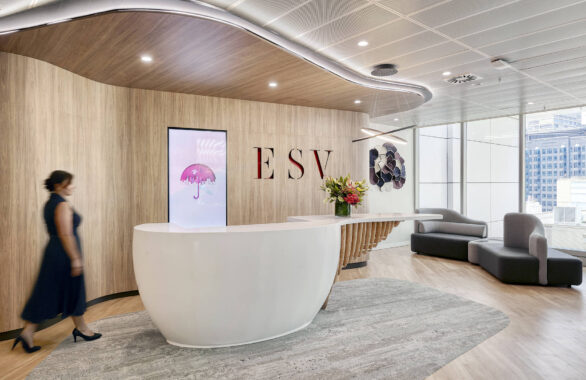Meal entertainment fringe benefits tends to be the most frequently provided benefit for businesses, as well as the most misunderstood fringe benefit. Expenditure that is incurred by an employer that is in respect of food, drink, or leisure/entertainment type activities often creates a challenge at FBT time as to correctly identifying what (if any) is classified as ‘meal entertainment’, and what is not.
The classification is important – as benefits provided which are classified as ‘meal entertainment’ have special valuation methods available compared to a non-entertainment benefit.
When has an entertainment benefit been provided by an employer?
The Australian Tax Office (ATO) have provided some guidance to assist employers in making this distinction, with the following observations:
a) Entertainment can still be provided despite business discussions occurring (think ‘business lunches/meetings’);
b) The provision of food, drink and recreation is not always entertainment (consider sustenance, meals on overnight business travel);
c) Entertainment takes its ordinary meaning, “something affording diversion or amusement” (which is why tea, coffee, and light meals consumed on business premises are not entertainment)
The fundamental criteria to determining whether an employer is providing meal entertainment revolve around the Why, What, When, and Where questions. Common circumstances include breakfast, lunch or dinner at a restaurant including networking, Friday night drinks in the office (including finger food), or food and drink consumed at a corporate box or sporting event.
Conversely, meal entertainment would not include things like tea/coffee provided on premises or sandwiches and light meals during work meetings on premises. Remember, that something not classified as ‘meal entertainment’ may still be a fringe benefit.
Valuation Methods Available – Meal Entertainment Fringe Benefits
There are three methods in valuing meal entertainment: the ‘actual method’, the 50/50 split method and the 12 week register method.
The ‘actual method’ requires detailed records of the total number of employees and non-employees for each individual benefit provided, as well the names of each employee. With the ‘actual method’, certain exemptions are available to reduce or eliminate the tax – such as the minor/infrequent benefit exemption.
The 50/50 method afford is an easy method for determining their FBT liability on meal entertainment, being 50% of all meal entertainment taxable. Details records are not required; however, no exemptions are available. As such you cannot apply the ‘minor and infrequent’ exemption to meal entertainment when using the 50/50 method.
Employers are required to make an annual election as to the method they wish to apply.
ESV are experts in Fringe Benefits Tax and can assist your business with determining the fringe benefits liabilities on any meal entertainment, as well as all other types of benefits, for the 2018 FBT year.





